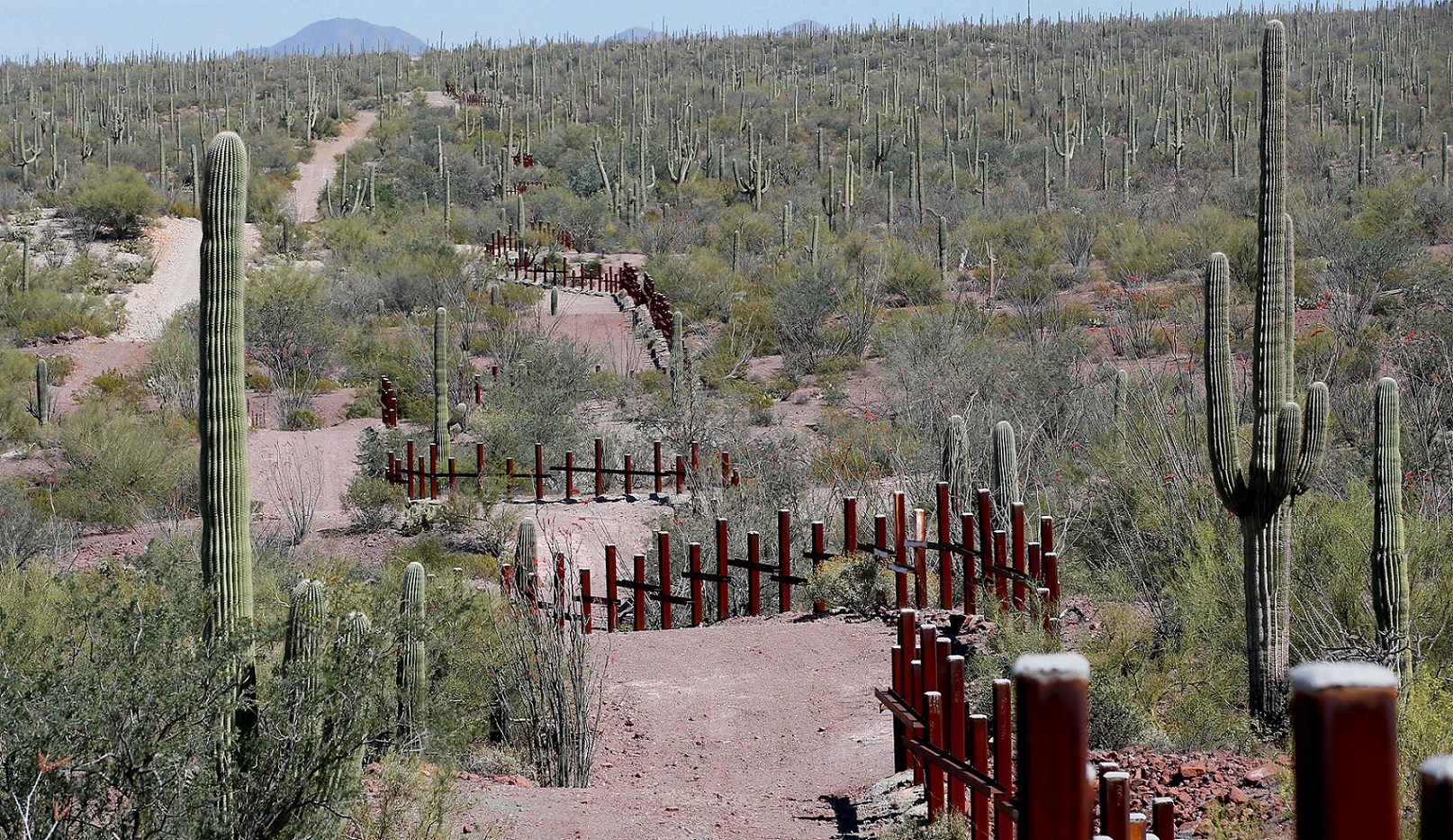Latest From Brookings
In a manic attempt to make good on a campaign promise before the end of his first 100 days in office, President Trump tried to make funding for his big, beautiful wall on the Mexican border a condition for keeping the government open. And his administration also offered a dollar for dollar deal—one dollar for Obamacare subsidies for every dollar for the wall. That political calculus never did make much sense. As my colleague Bill Galston has pointed out, this is not a real estate transaction; to Democrats, health care for millions of Americans is simply not the same currency as Donald Trump’s wall. So, after several days, the White House backed off.
If the idea of building a wall makes little political sense, the president’s proposal to turn his campaign pledge into reality is even further off base.
For starters, Mexico will not pay for the wall. Not now. Not tomorrow. Not ever. And everyone, except Donald Trump, seems to know this.
Therefore, the question quickly becomes: are there better uses for the $25 billion or so that the wall is estimated to cost? Furthermore, will it work? In business terms, is it cost effective? The president has at his side his son-in-law, Jared Kushner, a corporate leader who could easily estimate a cost-benefit analysis on the wall and compare it to other alternative uses of those funds.
If he does, a little history is in order. In 2006, a Democratic Congress and President George W. Bush set out to bring about bipartisan immigration reform. Republicans were skeptical that the border was secure enough to ensure effective reform, and demanded the development of metrics to assess the level of security at the border. This came to be called a Border Condition Index. The Department of Homeland Security initially promised metrics to Congress, but eventually admitted that they had not ...
Read More
Tuesday, April 25, 2017
Why the wall on the Mexican border won’t happen
Subscribe to:
Post Comments (Atom)
No comments:
Post a Comment
Note: Only a member of this blog may post a comment.